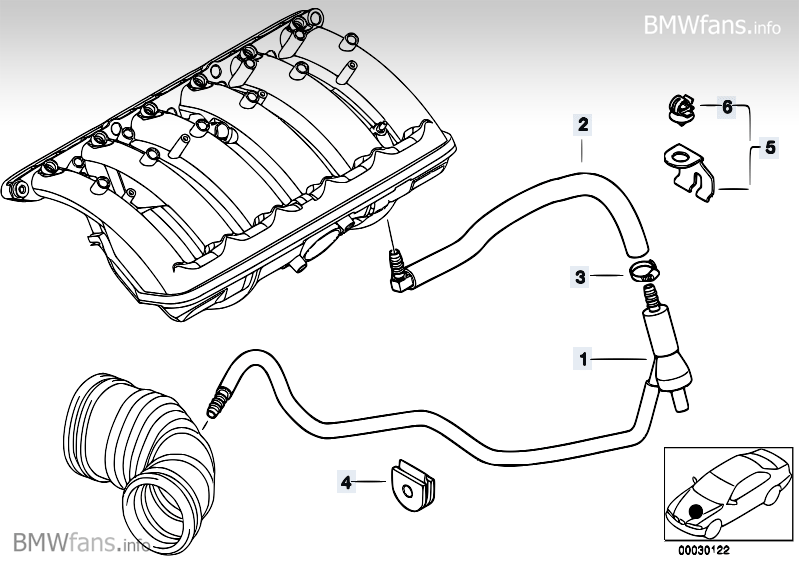E39 M52 owners: Please check your realoem diagrams against your vehicle & help us out
To M52 owners:
GIVEN:
TO BMW M52 OWNERS:
Can you kindly confirm what we've said above holds water?
If you have the M52 engine, we'd expect to see:
Specifically, a picture of your "L" connector would be nice.
Here is our "F" connector & one of the diagrams which is wrong:
- Correcting the F-connector errors in the realoem diagrams (1)
![Image]()
To M52 owners:
- 1997***8211;2000 528i - 2.8 L M52B28 I6, 190 hp (142 kW; 193 PS) USA
- 1996***8211;2000 520i - 2.0 L M52B20 I6, 110 kW (150 PS; 148 hp) non-USA
- 1996***8211;2000 523i - 2.5 L M52B25 I6, 125 kW (170 PS; 168 hp) non-USA
- 1996***8211;1999 528i - 2.8 L M52B28 I6, 144 kW (196 PS; 193 hp) non-USA
- 1999***8211;2000 528i - 2.8 L M52B28 TU I6, 144 kW (196 PS; 193 hp) non-USA
GIVEN:
- The M54 diagram for the fuel pressure regulator is inconclusive:
- The M54 realoem diagram for the CCV is wrong:
- The M54 diagram for the F-connector is dead wrong:
- BMW moved the fuel pressure regulator from the engine bay to under where the driver sits...
- So they simply ERASED the relevant parts in the diagram (notice they even erased the location dot!). The vacuum hose doesn't show any connection whatsoever!
- BMW capped off the CCV vacuum port
- In this case, they didn't modify the diagram at all so it's wrong in that hose #6 is actually endcap #15 (not shown on the diagram or in the parts list)
- BMW changed the L connector to an F connector so that the hose that previously got suction from the CCV would now get suction from the F connector
- Again, they didn't bother to fix the diagram; so the diagram is confusing at best and dead wrong in many ways!
TO BMW M52 OWNERS:
Can you kindly confirm what we've said above holds water?
If you have the M52 engine, we'd expect to see:
- Your fuel pressure regulator is in the engine bay
- Ours is under the driver; but realoem doesn't show that
- Your CCV vacuum port is connected to that fuel pressure regulator
- Ours is capped off; but realoem doesn't show that
- Your rubber elbow has an L connector on top
- Ours has an F connector; but realoem doesn't show that
Specifically, a picture of your "L" connector would be nice.
Here is our "F" connector & one of the diagrams which is wrong:
- Correcting the F-connector errors in the realoem diagrams (1)






















